Homesteading is a great way to become more self-sufficient and prepare for potential emergencies. By implementing these financially sustainable tips, you can create a thriving homestead without breaking the bank.
1. Start Small and Grow Gradually
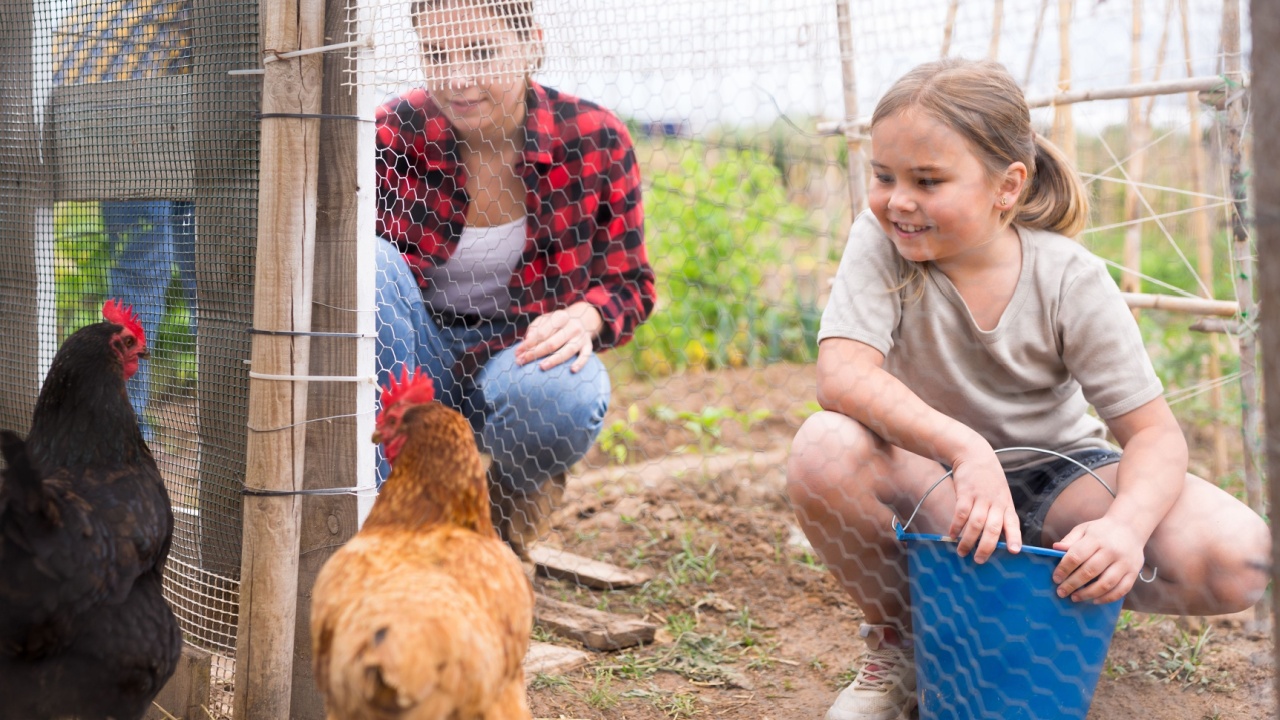
Don’t try to do everything at once. Begin with a small garden and a few chickens, then gradually expand your homestead as you gain experience and resources.
2. Reuse and Repurpose Materials

Before buying new items, look for ways to reuse or repurpose materials you already have. For example, old pallets can be turned into compost bins or garden beds.
3. Compost Your Waste
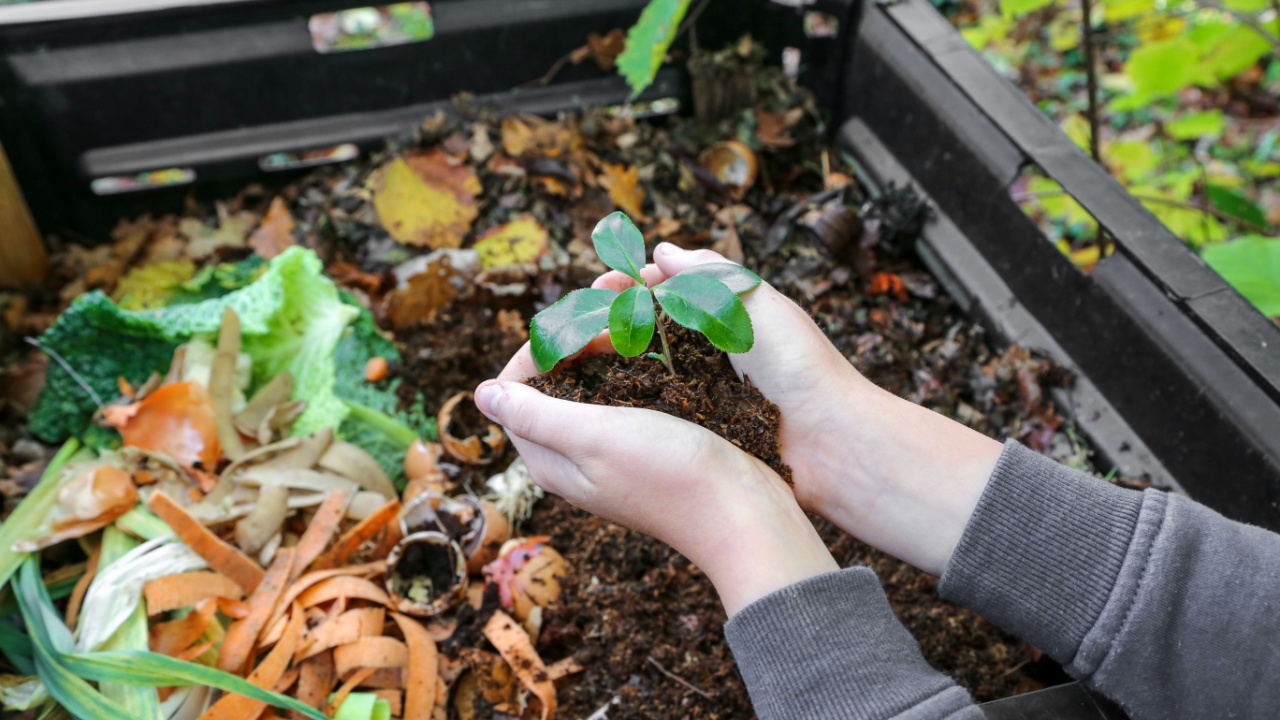
Composting is a great way to reduce waste and create nutrient-rich soil for your garden. Start a compost pile or bin using kitchen scraps, yard waste, and other organic materials.
4. Save and Collect Rainwater
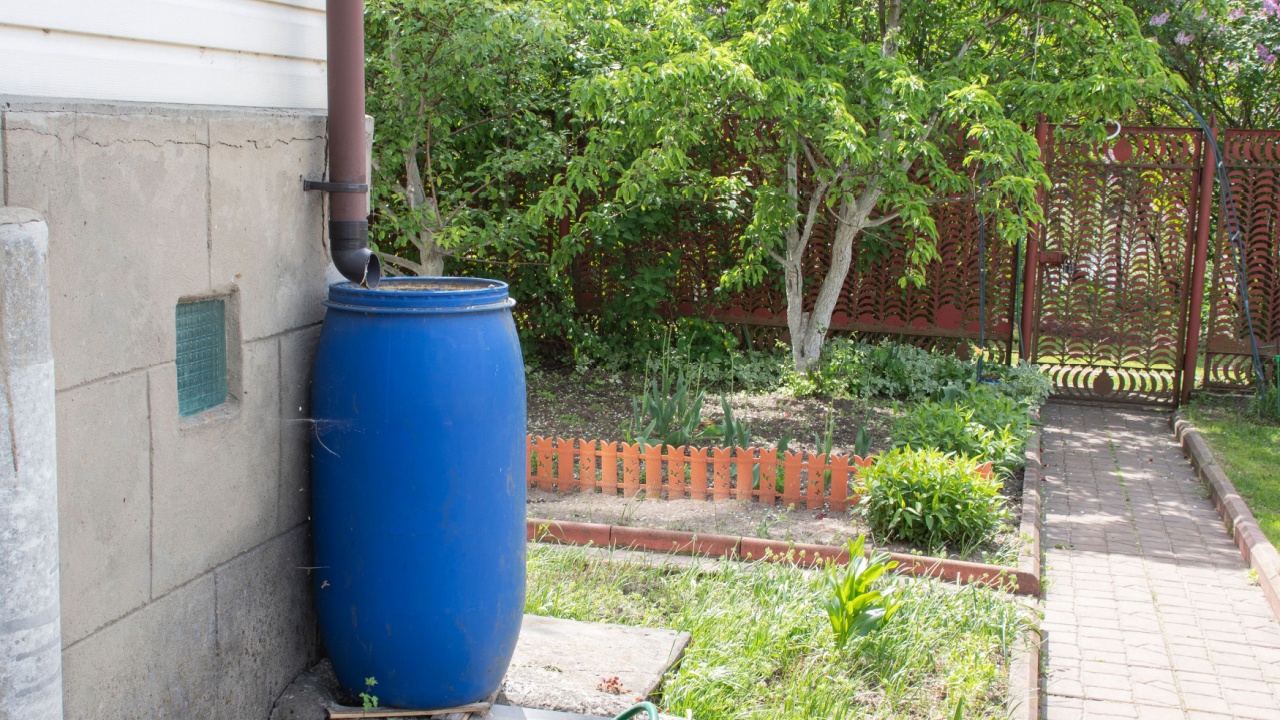
Install rain barrels to collect rainwater for watering your garden and livestock. This can help reduce your water bills and conserve resources during dry spells.
5. Plant Perennials

Perennial plants come back year after year, saving you money on seeds and seedlings. Focus on planting fruit trees, berry bushes, and other perennials that provide food and resources for your homestead.
6. Raise Multipurpose Livestock

Choose livestock that serve multiple purposes, such as chickens for eggs and meat or goats for milk and clearing brush. This can help maximize your resources and reduce costs.
7. Learn to Preserve Food
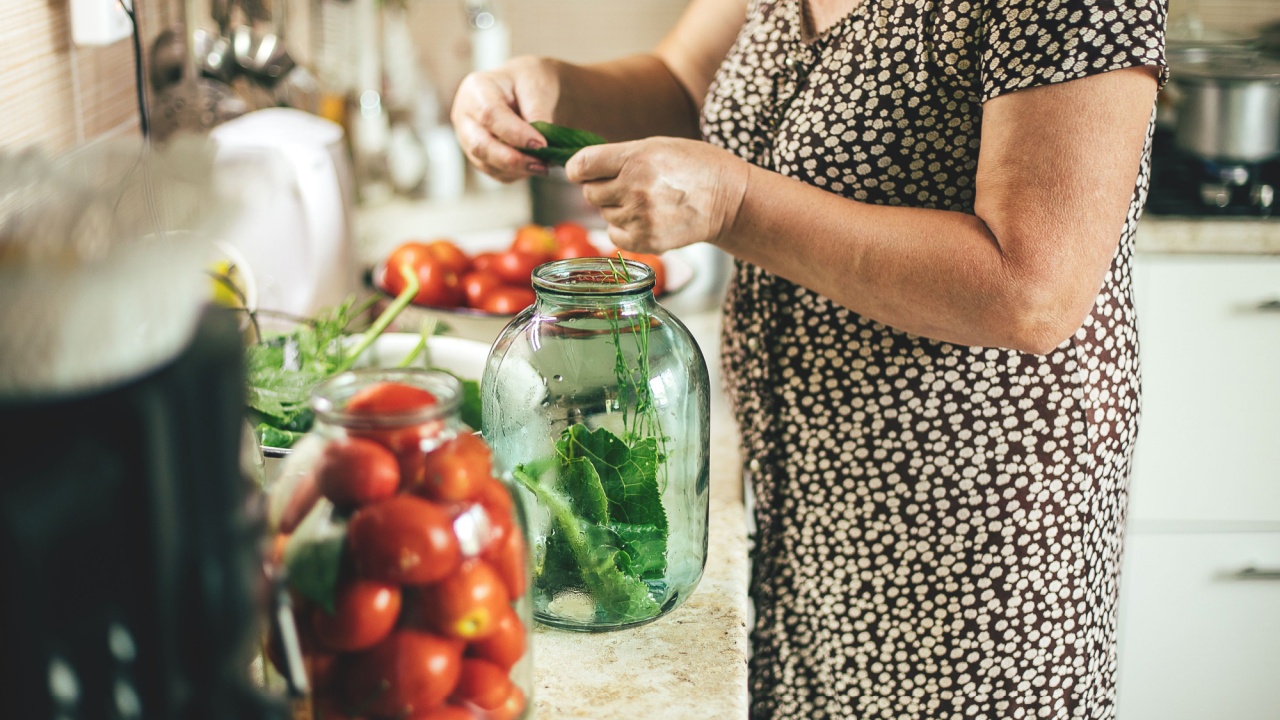
Learning to preserve food through canning, dehydrating, and fermenting can help you store excess produce and meat for later use. This can save you money on groceries and ensure you have a stable food supply.
8. Barter and Trade with Neighbors

Establish relationships with other homesteaders and preppers in your area. You can barter and trade goods and services, such as exchanging eggs for vegetables or helping with a building project in exchange for tools.
9. Utilize Free Resources

Take advantage of free resources like online tutorials, library books, and community workshops to learn new skills and gain knowledge for your homestead.
10. Make Your Own Cleaning and Personal Care Products

Save money and reduce your reliance on store-bought products by making your own cleaning supplies, soaps, and personal care items using natural ingredients.
11. Use Solar Power

Invest in solar panels or a solar generator to power your homestead. While the initial cost may be high, solar power can save you money on electricity bills in the long run and provide energy independence.
12. Grow Heirloom Seeds
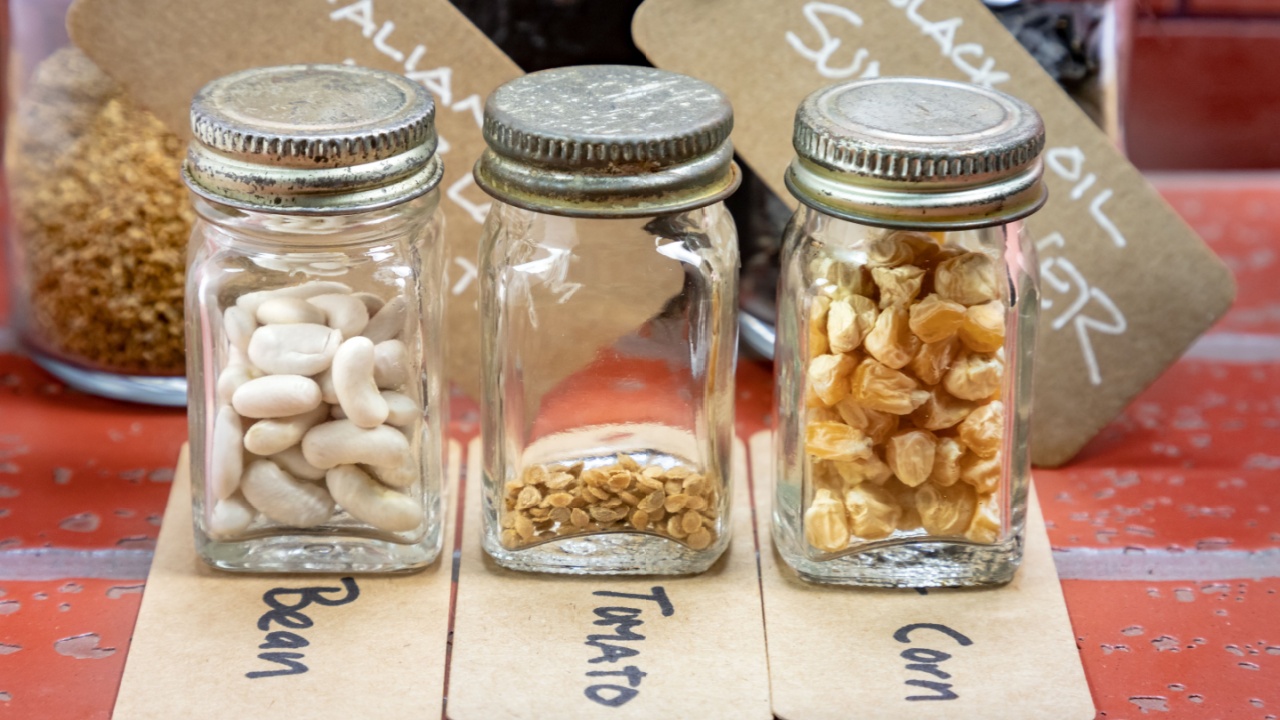
Heirloom seeds can be saved and replanted year after year, reducing the need to buy new seeds each season. Look for heirloom varieties of your favorite vegetables and herbs.
13. Practice Crop Rotation

Rotating your crops helps prevent soil depletion and disease, leading to healthier plants and better harvests. Keep a record of what you plant each year to ensure proper rotation.
14. Use Companion Planting
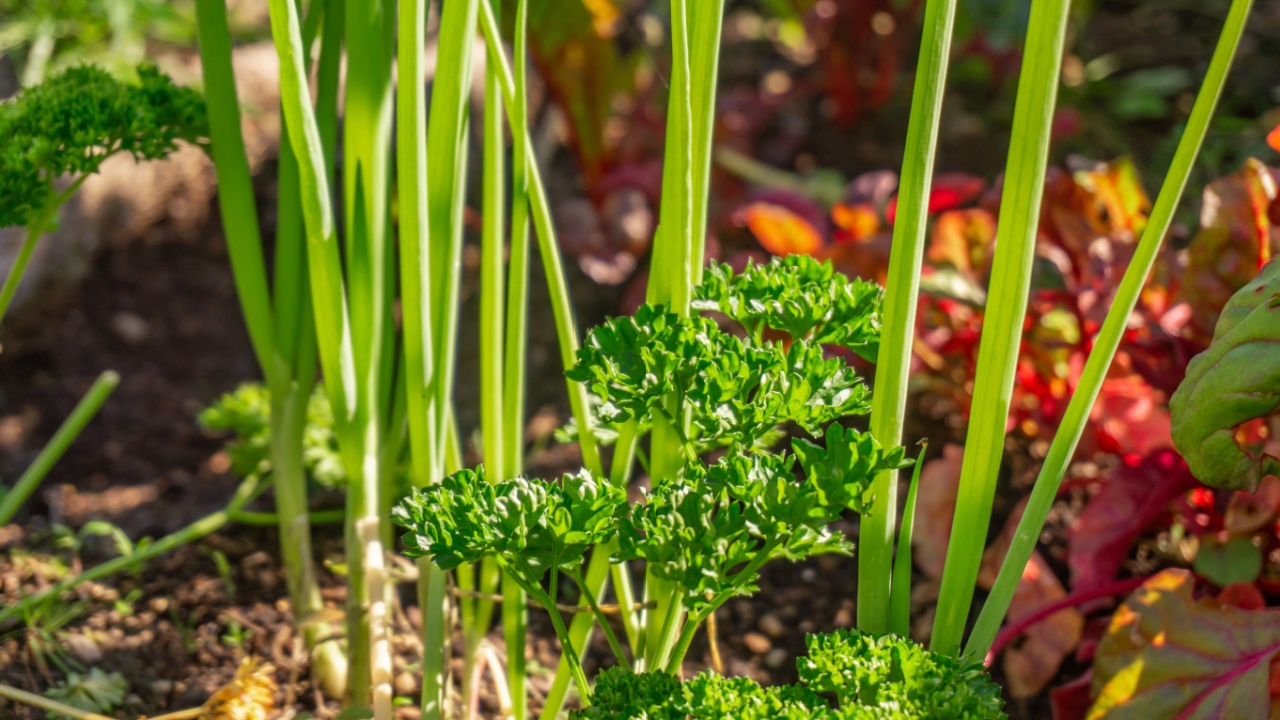
Companion planting involves placing complementary plants together to deter pests, attract beneficial insects, and improve overall plant health. This can reduce the need for pesticides and fertilizers.
15. Raise Fish in Ponds or Tanks

Raise fish like tilapia or catfish in ponds or tanks for a sustainable protein source. Fish waste can also be used to fertilize plants in an aquaponics system.
16. Forage for Wild Foods

Learn to identify and safely harvest wild edibles like berries, nuts, and mushrooms. Foraging can supplement your diet and reduce your reliance on store-bought food.
17. Make Your Own Animal Feed

Save money on animal feed by growing your own grains, sprouting seeds, or creating fodder systems. You can also supplement feed with kitchen scraps and garden waste.
18. Practice Rotational Grazing

If you raise grazing animals like sheep or cattle, practice rotational grazing to prevent overgrazing and maintain pasture health. This can reduce the need for supplemental feed and improve animal health.
19. Use Natural Fertilizers
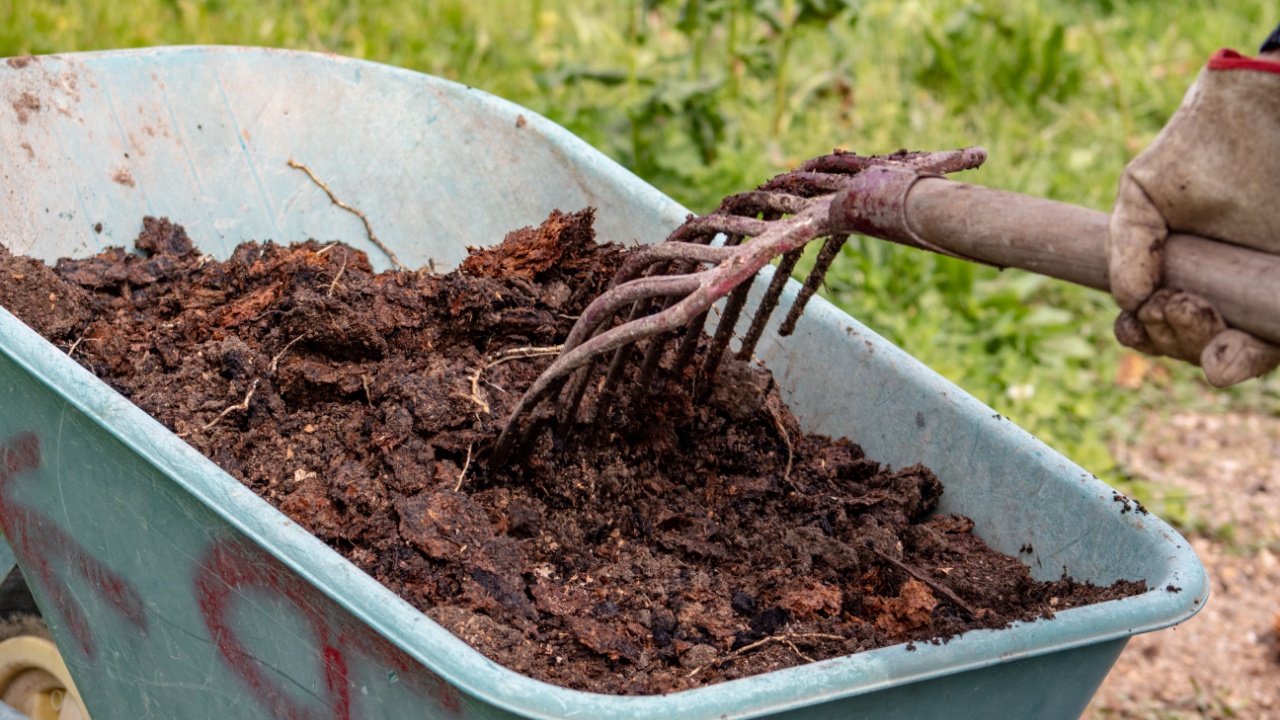
Instead of buying synthetic fertilizers, use natural options like compost, manure, or green manures (cover crops that are tilled back into the soil). These can improve soil health and fertility without the added expense.
20. Implement Permaculture Principles
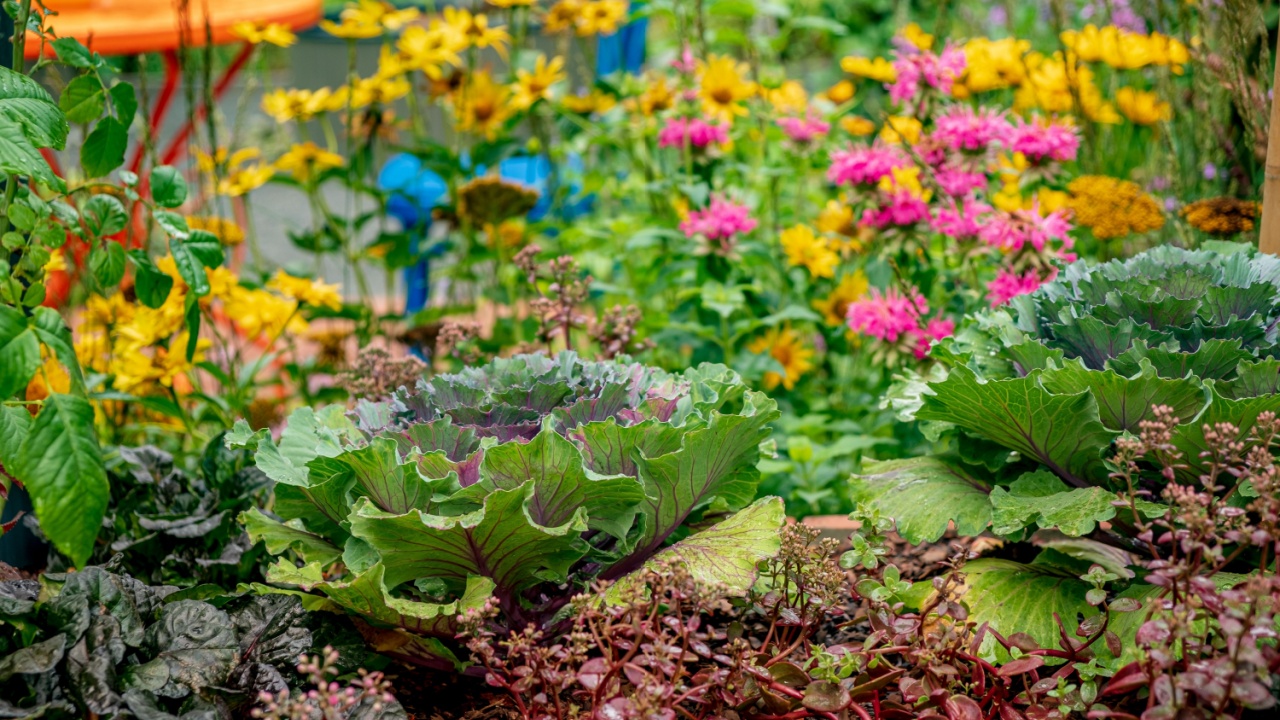
Permaculture is a design approach that mimics natural ecosystems to create sustainable and self-sufficient landscapes. By implementing permaculture principles, you can create a more resilient and low-maintenance homestead.
21. Use Mulch to Conserve Water

Mulching your garden beds with organic materials like straw, leaves, or wood chips can help retain moisture, suppress weeds, and regulate soil temperature. This can reduce your water usage and save time on weeding.
22. Invest in Quality Tools

While it may be tempting to buy cheap tools, investing in high-quality, durable tools can save you money in the long run. Look for well-made tools that will last for years with proper care and maintenance.
23. Make Your Own Repairs

Learn basic repair skills like carpentry, plumbing, and welding to fix and maintain your homestead infrastructure. This can save you money on hiring professionals for minor repairs and projects.
24. Use Alternative Building Materials

When constructing sheds, coops, or fences, consider using alternative building materials like earth bags, cob, or cordwood. These materials can be cheaper and more environmentally friendly than traditional options.
25. Continuously Educate Yourself

Stay informed about new techniques, technologies, and best practices for sustainable homesteading. Attend workshops, read books and blogs, and connect with other homesteaders to continually improve your skills and knowledge.
20 Crucial Supplies for Surviving a Societal Collapse

In the face of uncertainty, being well-prepared gives you at least some degree of control and security. The thought of a societal collapse, while extreme, prompts us to consider how we might endure without the conveniences of our current lifestyle. Here’s a list of 20 essential items that could prove indispensable in such a scenario. This guide isn’t about succumbing to fear but embracing preparedness and resilience.
14 Essential Canned Goods for Your Emergency Pantry
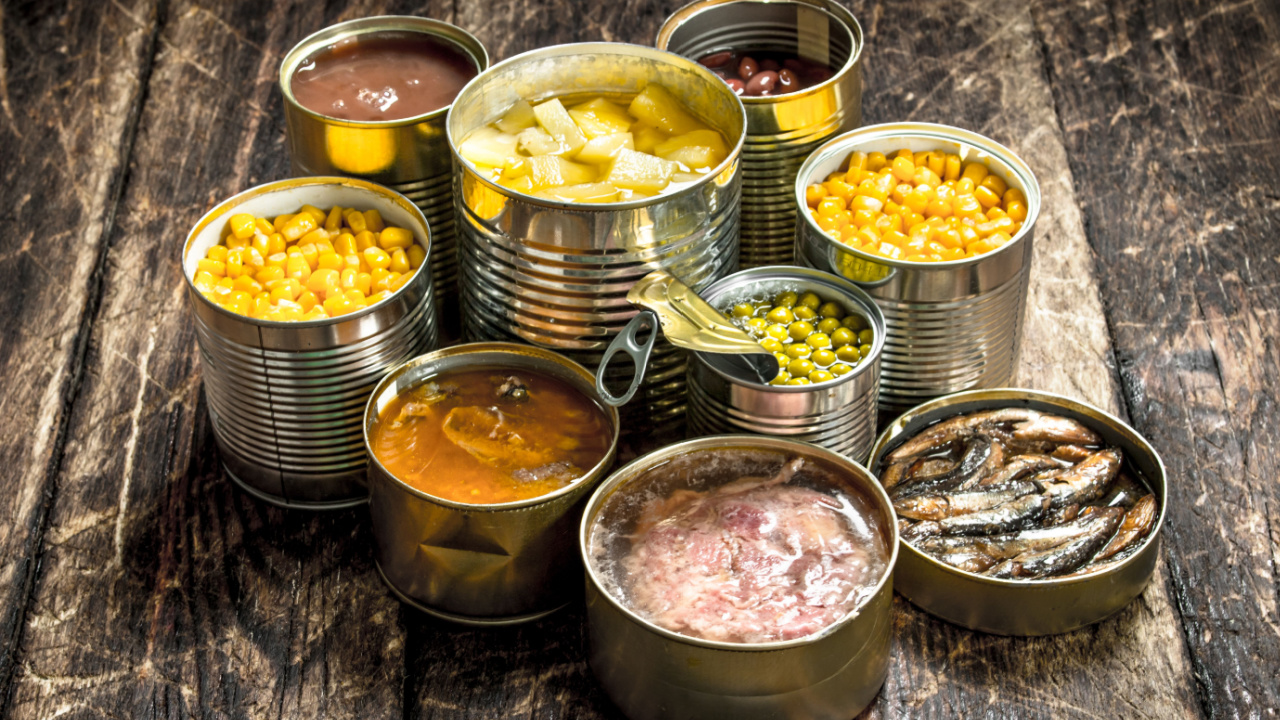
I firmly believe in keeping a well-stocked emergency pantry. While fresh food is ideal, in a survival situation, we may not be that lucky. So, for my family, even though we grow a lot of our own food, canned goods play a crucial role in emergency preparedness. They offer a reliable source of nutrition when access to fresh produce may be limited. The goods you stockpile should be affordable, easy to store, and full of nutrition.
Best Regions in the U.S. to Escape to When Society Collapses

Choosing a refuge in the event of societal collapse involves weighing the pros and cons of each location against your personal preparedness goals and abilities. Whether you’re drawn to the solitude of the desert or the protective heights of the mountains, the key is finding a place that offers safety and the opportunity for growth and renewal.

